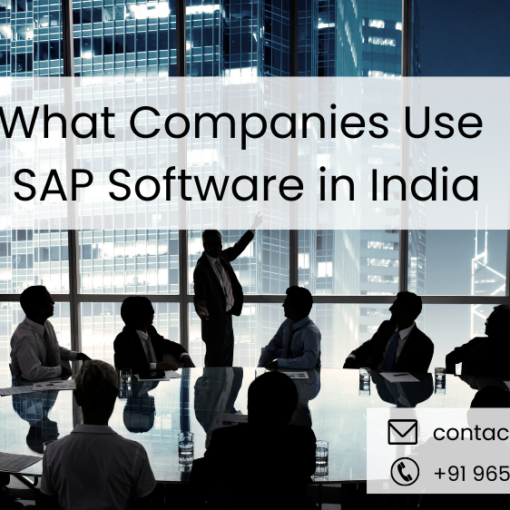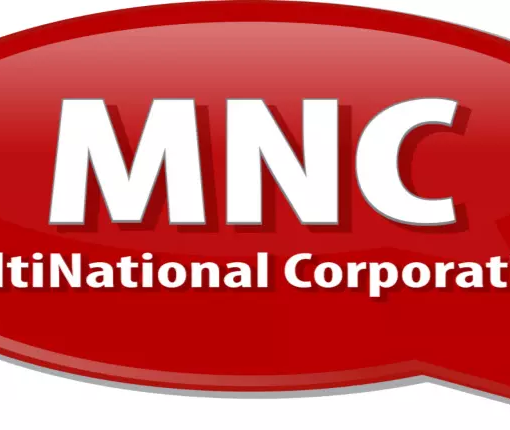Unveiling the Powerhouse: An In-Depth Look at SAP PLM full form

In the intricate world of product lifecycle management (PLM), SAP PLM stands tall as a comprehensive software solution. But what exactly is the SAP PLM full form? This blog delves into the world of SAP PLM, unpacking its full form, functionalities, benefits, and its role in empowering businesses to excel throughout the entire product lifecycle.
SAP Full Form | GRN full form in SAP?
SAP PLM stands for SAP Product Lifecycle Management. It’s a suite of software applications developed by SAP SE that streamlines and integrates various aspects of a product’s lifecycle, from ideation and design to manufacturing, service, and disposal.
Unveiling the Power of SAP PLM: A Functional Feast
SAP PLM offers a rich tapestry of functionalities that cater to various stages of a product’s lifecycle. Here’s a glimpse into some of its core capabilities:
- Product Definition and Bill of Materials (BOM) Management: Create and manage detailed product structures, including components, materials, and their relationships.
- Engineering Change Management (ECM): Effectively track and manage changes made to products throughout their lifecycle, ensuring all stakeholders are on the same page.
- Collaboration and Supplier Integration: Foster seamless collaboration between internal teams and external suppliers, promoting efficient product development.
- Product Data Management (PDM): Centrally store, manage, and control access to all product data, ensuring accuracy and consistency.
- Manufacturing Planning and Execution: Integrate PLM with manufacturing processes to optimize production planning, scheduling, and resource allocation.
- Service Lifecycle Management (SLM): Extend PLM beyond manufacturing to manage service parts, maintenance schedules, and warranty information.
The Advantages of Embracing SAP PLM: A Symphony of Benefits
Implementing SAP PLM offers a multitude of advantages for businesses:
- Reduced Time-to-Market: Streamlined processes and improved collaboration lead to faster product development cycles.
- Enhanced Innovation: SAP PLM fosters a culture of innovation by facilitating collaboration and managing intellectual property.
- Improved Product Quality: Centralized data management and change control minimize errors and ensure consistent product quality.
- Reduced Costs: Efficient resource allocation, minimized waste, and improved production planning lead to significant cost savings.
- Increased Customer Satisfaction: By enabling better product design, service, and support, SAP PLM contributes to higher customer satisfaction.
Beyond the Core: Complementary Solutions for a Holistic Approach
While SAP PLM provides a robust foundation, several complementary solutions within the SAP ecosystem can further enhance its capabilities:
- SAP ERP (Enterprise Resource Planning): Integrates PLM with core business processes like finance, human resources, and supply chain management.
- SAP S/4HANA: The next-generation ERP platform from SAP, offering real-time insights and improved performance for PLM processes.
- SAP CRM (Customer Relationship Management): Connects PLM with customer data, enabling feedback integration and improved product development alignment.
Conclusion: Charting Your Course with SAP PLM
In today’s competitive business landscape, managing the entire product lifecycle effectively is paramount. SAP PLM empowers businesses to achieve this by providing a comprehensive suite of tools and functionalities. By understanding the core functionalities, benefits, and potential integrations within the SAP ecosystem, you can make an informed decision about whether SAP PLM can serve as the cornerstone of your product development journey. Remember, SAP PLM is a powerful tool, but its successful implementation requires careful planning, change management, and ongoing user training. When leveraged effectively, SAP PLM can transform your product development processes, drive innovation, and ultimately propel your business towards sustained success.




